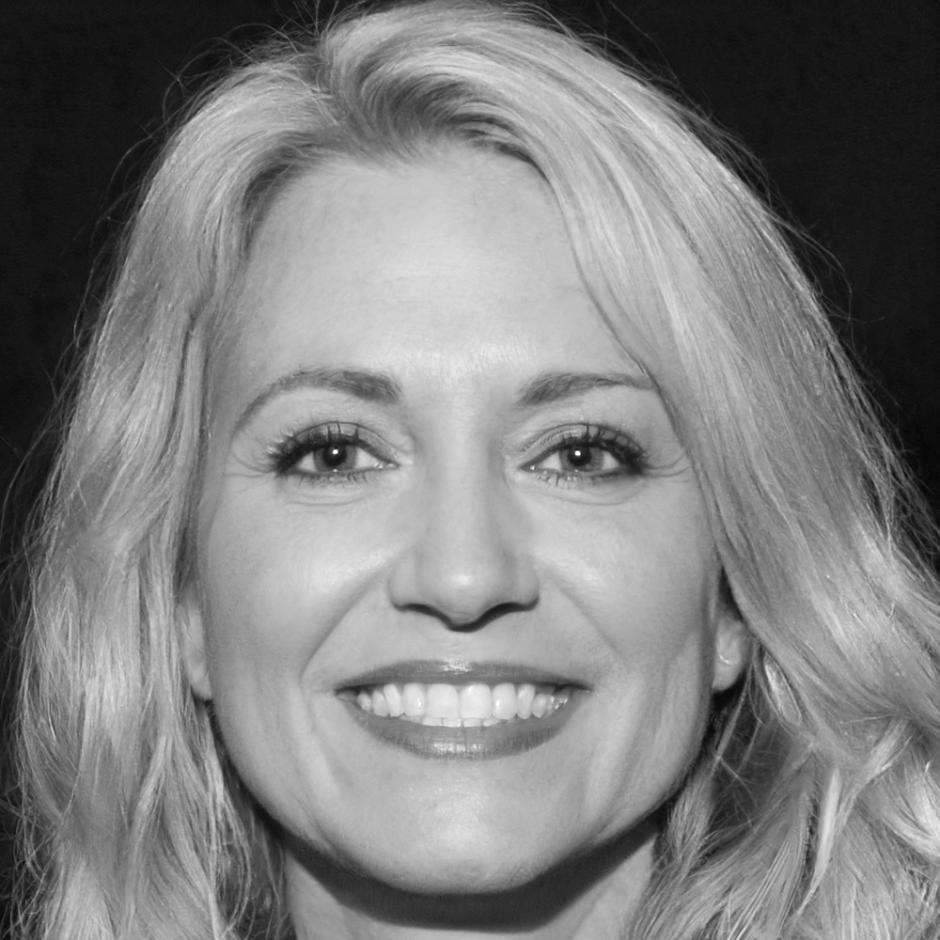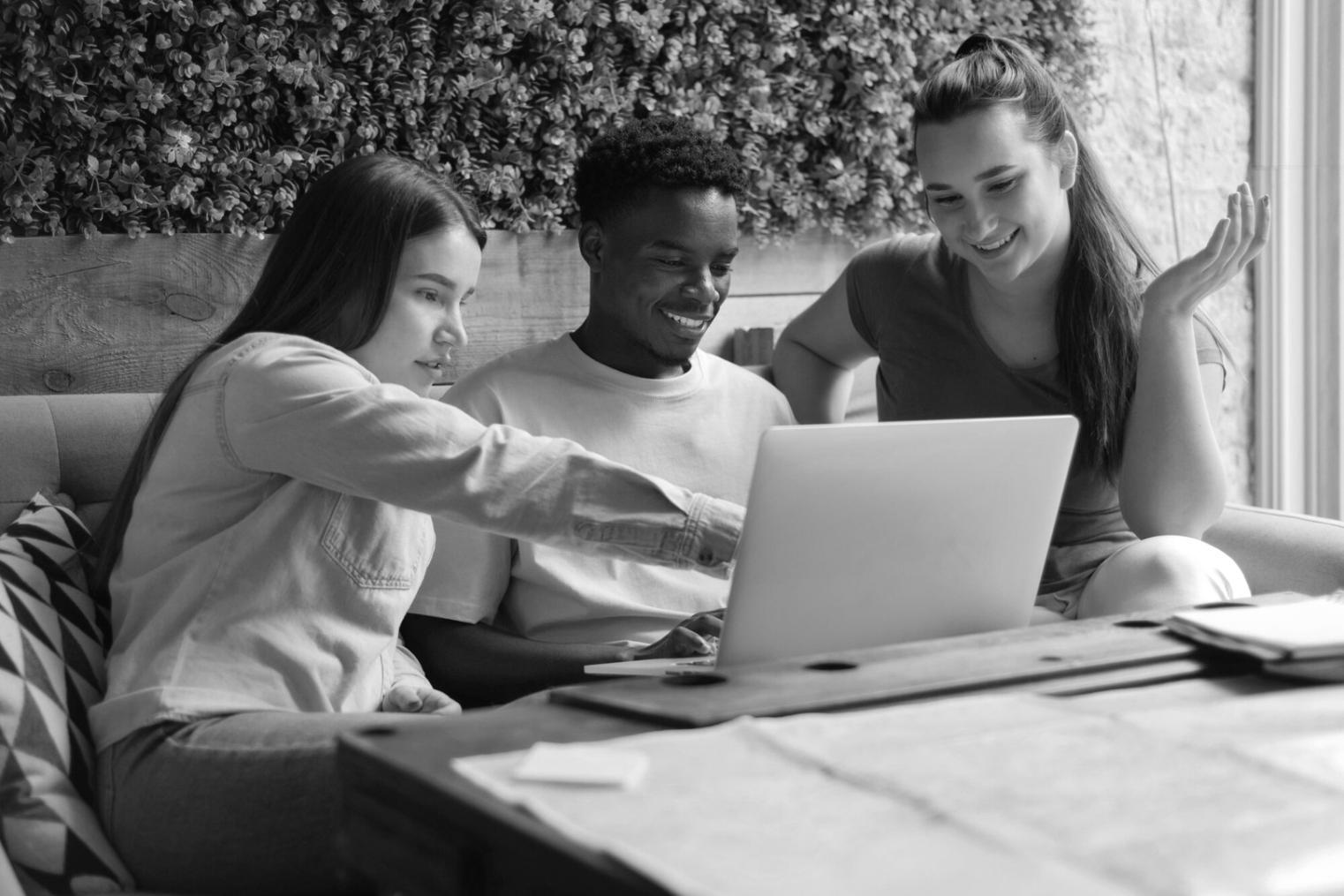Building Better Money Habits Together
We've learned that financial education works best when it's a team effort. Schools, community groups, and local organisations bring something we can't—trust, access, and deep understanding of what their people actually need.
Since 2019, we've been figuring this out alongside partners across Australia. Some experiments worked brilliantly. Others taught us what not to do next time.




